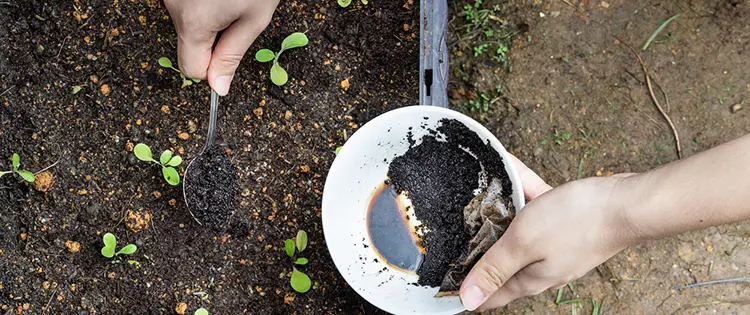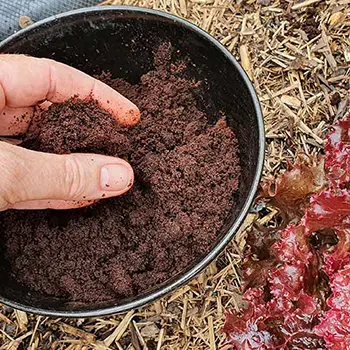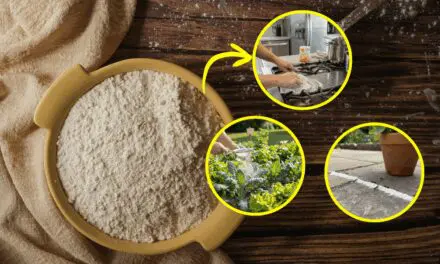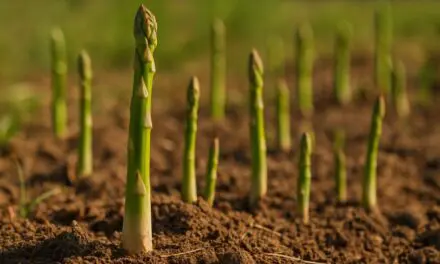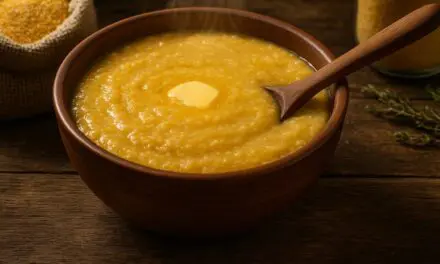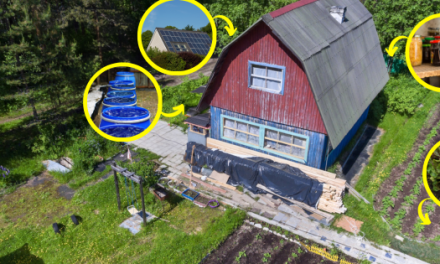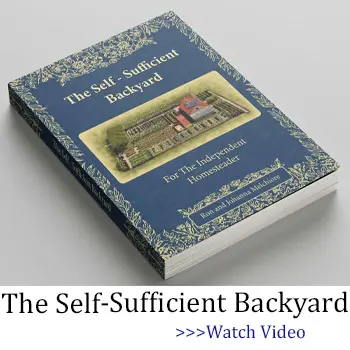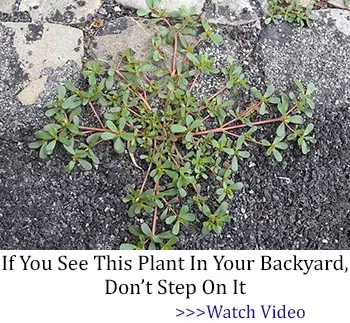Perhaps you’ve heard of using coffee grounds in your garden. There are many opinions about coffee grounds used in the garden, and most of them are positive.
Some others nearly forbid it, and there are good reasons why. We’re here today to tell you why you should, why you shouldn’t, and what will happen if you use them anyhow.
Grab a mug of your favorite brew and let’s get hoppin’!
Using Coffee Grounds: Used or Fresh 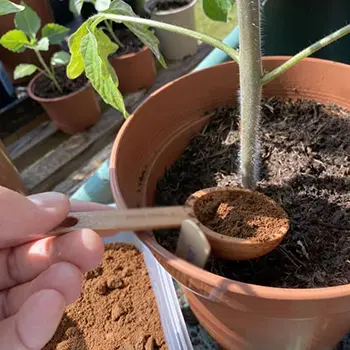
When people talk of using these in their gardens, they’re most often referring to used coffee grounds, not fresh ones. If you find some canisters of Folgers that are about to expire, don’t pour them directly into your garden.
Using them in your garden adds a soft acidic boost to your soil. They also provide an organic bulking ability that few other materials have, except for peat moss. (Note: Coffee grounds cannot replace peat moss. They are similar but should not be used as a substitute.)
⇒ Better Than Coffee: DIY Morning Booster (Video)
Fresh coffee beans or grounds, however, are so acidic that they can scorch some sensitive plants.
If you decide you want to go ahead and pour your morning mash on your compost pile, we say go for it—but keep a few things in mind. Some garden plants will completely recoil from coffee waste.
Others will thrive and explode past the rim of their containers. Still, others may show stunted growth or have no reaction whatsoever. Coffee grounds are great when used properly, but it takes some experimentation to see what proper use looks like in your garden bed.
What Plants Hate Them
Sensitive plants, like salad greens, do not like coffee grounds. Do not toss coffee grounds on them or mix them into their soil. Keep coffee waste away from these plants. Many other plants will tolerate coffee grounds, and some might even thrive. But anything in the brassica family, or plants that are easily scorched by the sun, will likely suffer with too much green material added to their environment.
⇒ The Only Food That Grows Almost Faster Than You Can Eat It
This isn’t true if you’re using a small amount of coffee grounds in a compost bin. If you want to give these plants a boost with coffee grounds, try making cold coffee “tea.” Pour a little of it on the plants along with their regular liquid fertilizer. That way, they’re getting a few good nutrients without too much acid stunting their growth or causing them to lose calcium over time.
You’ll also see the complete rejection of coffee grounds by some fruit trees. Apples, in particular, can develop a weirdly smoky flavor if given large amounts of coffee waste. Some believe this is because certain antioxidants are absorbed by the tree and passed on to the fruit. This can easily ruin your fruit tree harvest for the year.
Smart Use of Coffee Grounds
If you want to have a zero-waste home, find new uses for your coffee grounds. First, spread them out to dry. Then, use them in potted plants below the rock layer. Just a thin layer—a handful for anything 8 quarts or smaller—can give your plants a constant source of mild acid throughout their growing season.
Coffee shops are often a great place to source additional grounds for your composting materials. Combine these with kitchen waste, dry leaves, and other organic matter to create a balanced mix in your compost bin. This mix will break down into nutrient-rich plant food for your garden.
What You Can Expect 
If you use coffee grounds sensibly with berries or kiwi vines, the fruit will likely explode in growth. The vines will get very long, dark in color, and thrive. Plants including blueberries and other acid-loving crops will benefit significantly from coffee waste. Some people debate heavily about limestone versus coffee grounds for these crops, and I firmly believe coffee grounds are better.
Add your used grounds to the compost bin, mix them with wood chips, and let them break down into a nutrient-rich medium. Once the compost is ready, spread it in a raised bed or around your vegetable gardening area.
One caveat: beneficial insects may avoid plants treated with heavy amounts of coffee waste because the coffee scent overwhelms the flowers’ aroma. If this happens, mulch over the grounds with composting materials or lightly crush flower petals to attract pollinators.
Maximize Plant Health
Don’t overload your plants with coffee grounds! For example, blueberries only need a small amount every week or two. Excess coffee can make them too dependent on it as a source of acid, leading to overgrowth and weaker plants later in the season.
Add coffee waste directly to your compost pile, mix them with other green materials, and let the organic matter balance out naturally. This way, your plants receive consistent, mild benefits without any risk of over-acidity.
What To Do If Your Plants Love It
Don’t overload them! One of the most harmful things that can happen is giving a plant a little too much coffee. For instance, blueberries should only get a little coffee every week or two. Otherwise, they may become too dependent on it as a source of acid in their diet and send out tons of runners to find more when the source gets trimmed back toward the end of the year.
You can also add coffee grounds directly to your fertilizer if so desired, and simply douse your plants all at once with fertilizer, coffee grounds, and nourishing water as the back of your fertilizer says to do. This is usually what I do when using coffee grounds in my garden.
Garden Jitters
If you’ve read this information and you’re feeling uncertain, I strongly recommend that you speak with your local garden club about the exact variety of plants that you want to place coffee grounds near. There is no better advocate for your local area and no one who knows your soil, pollinators, and so forth better than that club does.
They’ve been dealing with that dirt since long before you came along and likely will be once you move (or you’ll end up helping people who come along as a member of that club).
Related: Why You Should Use Banana Peels In Your Garden
If you’re uncertain about using coffee grounds, consult your local garden club. They’ll know your area’s soil, PH leaves, and specific plant needs better than anyone. Test your coffee grounds on a single plant or area to monitor the effects before applying them across your garden. Your plants will tell you what they like and dislike loud and clear!
By using coffee grounds thoughtfully in your vegetable gardening and compost, you can improve your garden bed health while reducing waste. So brew a fresh cup, save the grounds, and happy gardening!

